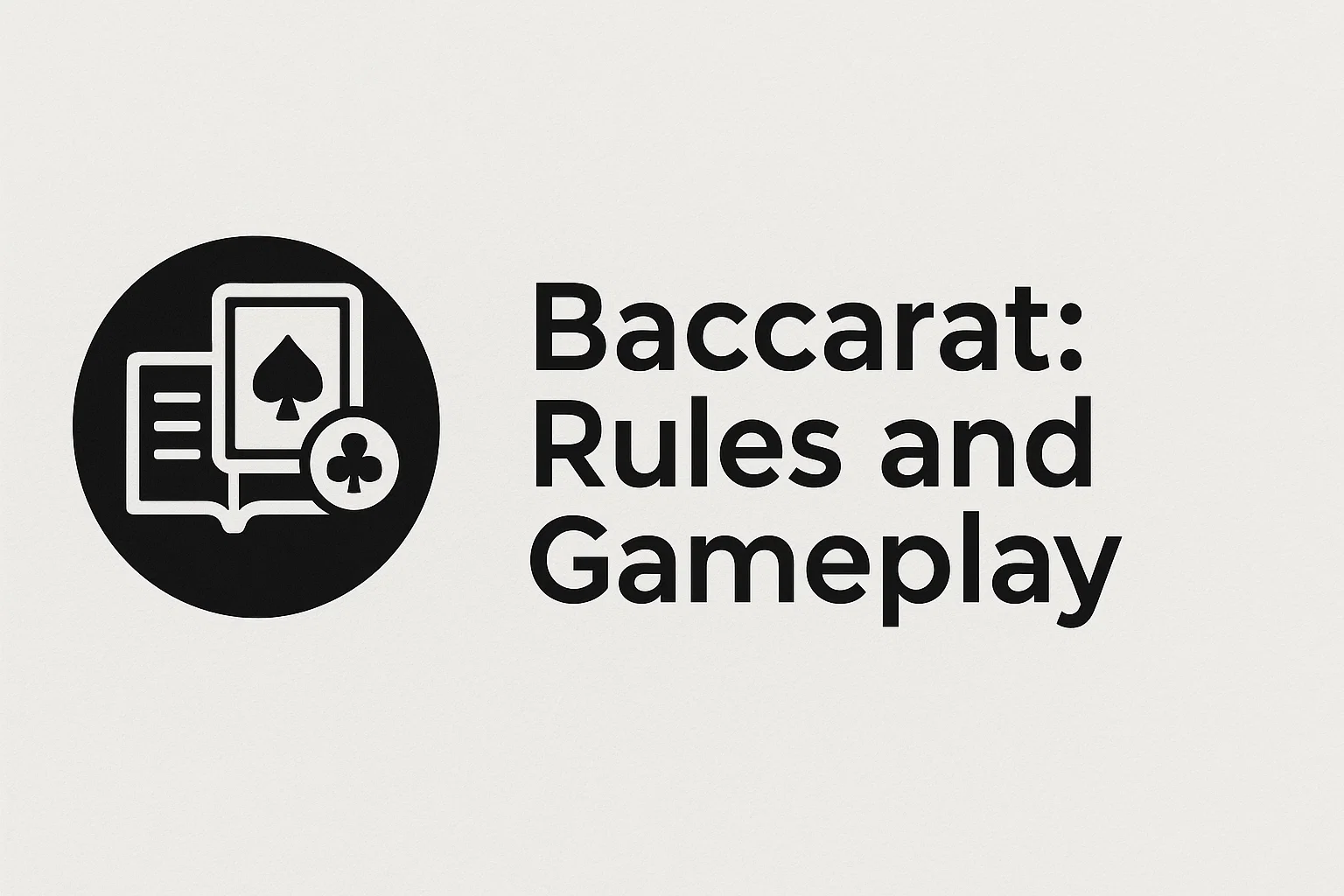
Baccarat is a game considered simple and, therefore, quite popular. It doesn't call for special skills or intricate decision-making. Whether one wins or loses seems largely a matter of luck; the game's proper strategy, if you can call it that, seems to come down to bankroll management. Rules of baccarat aren't hard to learn, and in a virtual realm where players sometimes feel disconnected from their gaming experience, understanding the rules may help with increasing confidence when baccarat online casinos.
Each participant aims to have a hand that counts as close to nine points as possible. A combination is deemed "natural" if the first two cards they draw total eight or nine points. In those situations, we can just declare them winners.
For players to take part in the round, they must stake bets on one of the possible outcomes. In the classic version of baccarat, they can select from among three options:
A banker emerges victorious.
Player wins
Tie a tie.
1. Start with the backside of the tie facing away from you. The wide end of the tie is on the right side.
2. Bring the wide end across the front of the narrow end. Hold it there.
3. Wrap the wide end under the narrow end, towards you, and pull it up to the right.
4. Now you'll do what we call the "Standard Move," which works for every knot you're going to tie from now on. Round the wide end over the front of the tie and let it hang down in front, so it's again on your right side. Bring it across the narrow end and then back under it again, toward yourself.
Certain game variations also permit side bets, which can be varied, such as wagering on whether a hand will be "Big" or "Small", or others like "Perfect Pair".
The game occurs at a table with specific betting zones, employing six to eight regular card decks. Every table has clearly defined min and max bet ranges. The dealer doled out two cards to the player and to themselves. If no hand summed to eight or nine, a third card may have been drawn.
The dealing of a third card is governed by straightforward conditions.
If the total is five or less, the player gets a third card.
If the total is two or less, the banker draws a third card.
If the player has three, the banker draws. But if the player's third card is an eight, the banker does not draw.
If the third card of the player is not a ten or a face card, then the banker draws with four.
A banker draws when they have five and the third card of the player is not between four and seven.
The banker stands on six points unless the player has taken a card.
The banker always stands on seven points, no matter what the player's hand is.
Per standard baccarat regulations, when all the requirements for the third card to be drawn are satisfied, players are unable to say no to the card.
Mathematical analysis and player experience have demonstrated that betting on the banker is more favorable than betting on the player. The banker has a 45.8% chance of winning; the player, 44.6%. Moreover, the house edge on banker bets is 0.18% lower.
In general, it is advised not to wager on a deadlock, since this result is not common. When the number of decks used in the game is lower, the player’s likelihood of coming out on top in the game is slightly better.